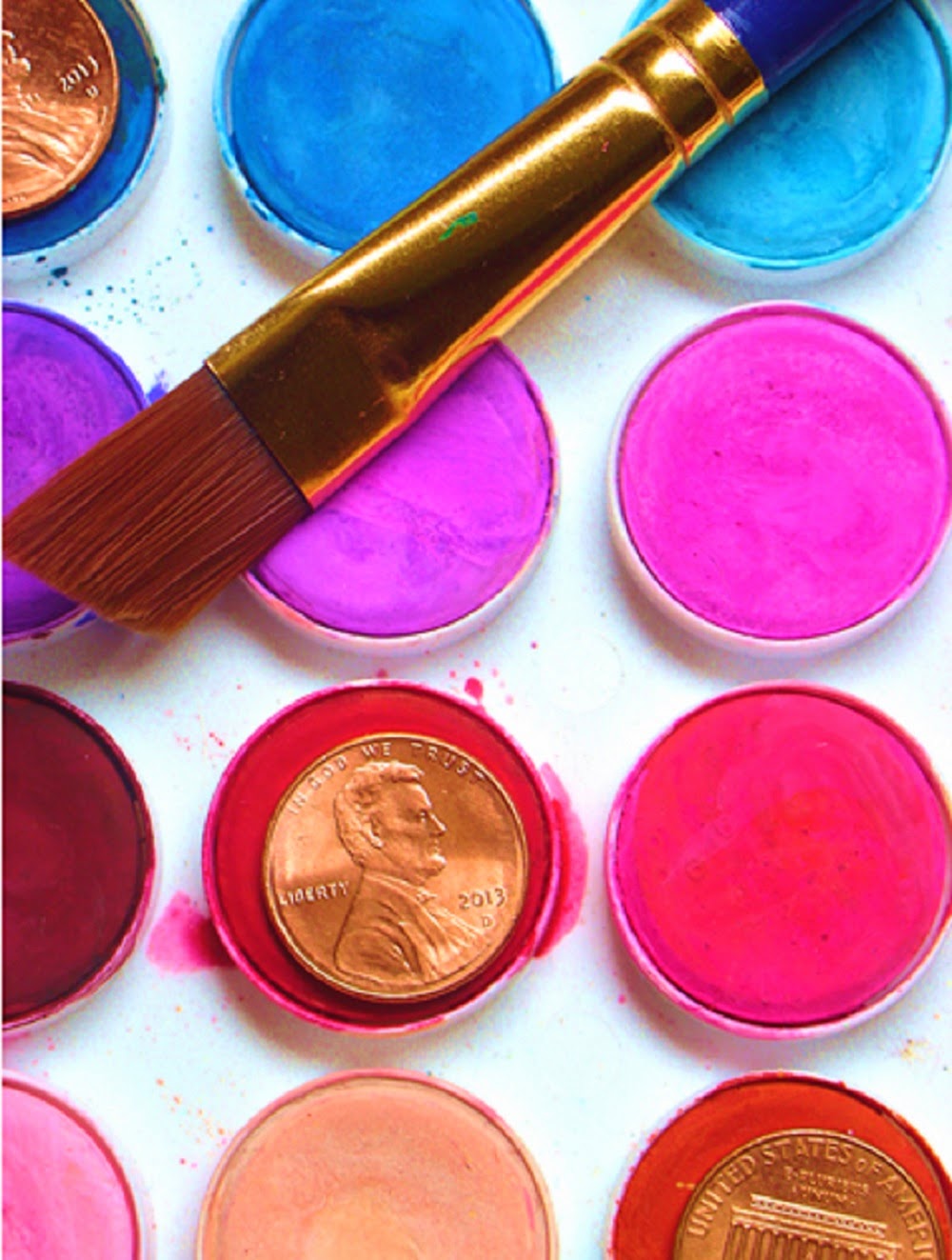 [The
Penny-Pinching Artist will be an occasional series on this blog that offers
various tips and tricks I’ve learned that make pursuing the arts simpler and
cheaper.]
[The
Penny-Pinching Artist will be an occasional series on this blog that offers
various tips and tricks I’ve learned that make pursuing the arts simpler and
cheaper.]
If you draw or paint, you
will probably need to use human models at some point, unless you prefer stiff,
disproportionate figures with wacky anatomy. Or maybe you’re a better artist
than I am. At any rate, this post is for the regular artist who can’t remember
which way a leg curves, or where the ears should be in relation to the eyes.
And visual artists aren’t the only ones who need models. For a writer, finding
a model who looks like their character can bring that fictional person to life
in their mind.
So,
where to get those models? Here are some free or affordable resources I’ve
found. (Just for the record, I do not endorse using nude models, and I am not a
fan of nudity in the arts. I will be talking about clothed models, for the most
part.)
Friends and Family
Your kin and acquaintances can make very
nice free models, if you treat them well. I advise you to keep the modelling
sessions SHORT and SWEET.
Short, by using a camera
to quickly capture the poses you want, instead of making your poor model stand
still for two hours while you draw. I love digital cameras, because they allow
me to review the images at my leisure, and even alter and combine them on my
computer.
And keep the sessions
sweet, by being patient with your models and extremely
grateful for their services. You might offer to do favors for them in exchange.
Just a note: remember
that any photos you take of them—especially in strange poses and
costumes—should be kept private unless they give you permission to share them.
Bonus Tip: if your camera has a timer, you can use yourself as a model!
 |
| Here, I used a picture of my sister Starla (photo by Twila Pearson), combined with a magazine model, to create "Ella" for the cover of The Calling. |
Anatomy Books
A textbook is probably the best option for
learning how the whole body looks and how it works together. This way, you’re also seeing the skeletal and
muscular systems, which are really useful for an artist to be familiar with.
[Confession: I am not as diligent a student of anatomy as I should be.]
Drawing People by Barbara Bradley
This book contains a few not-so-fully-clothed figures. Aside from that, I highly recommend
it. The author is a splendid, insightful artist, and the book is packed with
tips and examples that challenge you to look at everything more carefully, and
make you excited to do it.
Mail Models (forgive
the pun)
There is an easy way to find professional
models posing for you for free, and I credit author Angela Hunt with putting
this idea in my head (via her unique work of fiction, The Novelist).
Ever looked through
the clothing ads tucked in the newspaper? Voilà: hundreds of models at your
fingertips.
Since those people
tend to look a little too perfect, I also collect images from various
magazines, ads, and newspapers. I’ve started filling a big binder I call my
“face book”. When I have a character to cast, I just start flipping through.
I advise that you
treat these peoples’ images with respect, even though they’ve made them public,
and handle them with discretion. I can be glad my artistic skills—or lack
thereof—are such that my characters usually don’t look much like the model
they’re based after, so I hope to never have a stranger come up to me and say,
“You know, I’ve always wondered about that heroine who looks strangely like
me…”
And finally…
Life Experience
Every visual artist’s greatest assets are
those two little round organs God has placed in the head: the eyes.
Observe real people, frequently, in all sorts of costumes and postures and
situations. Remember, sketch, and learn.

No comments:
Post a Comment